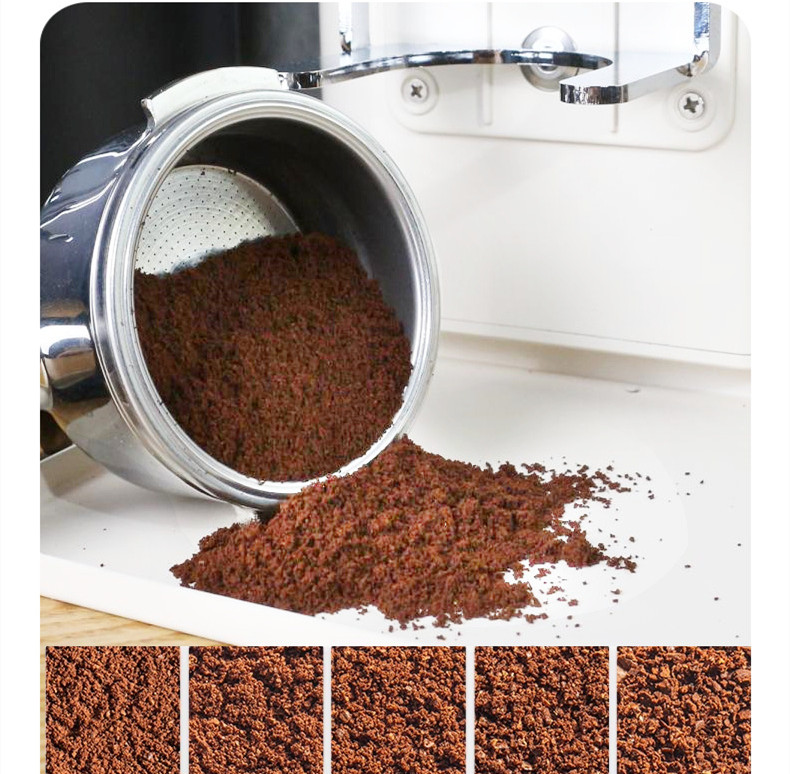Precision Grinding Techniques for Espresso with a Coffee Grinder
Achieving the perfect espresso shot hinges on mastering the art of grinding. The grind size, consistency, and timing directly influence extraction, flavor balance, and crema quality. Below are critical techniques to optimize your grinder for espresso brewing.
Understanding Grind Size and Extraction Dynamics
Espresso demands a fine grind to create the resistance needed for water to extract flavors under high pressure. However, too fine a grind can lead to over-extraction, resulting in bitterness, while a coarse grind causes under-extraction, yielding sour or weak shots.
- Adjusting for Bean Density: Darker roasts are more soluble and may require a slightly coarser grind than lighter roasts to avoid over-extraction.
- Dialing In: Start with a baseline setting and adjust incrementally. If shots flow too quickly (under 25 seconds), tighten the grind; if they choke or drip slowly (over 35 seconds), loosen it.
Maintaining Consistency Through Calibration and Cleanliness
Inconsistent particle size leads to uneven extraction, where some grounds are over-extracted and others under-extracted. This creates a muddled flavor profile lacking clarity.
- Regular Calibration: Use a scale to measure dose weight and a timer to track shot duration. Small adjustments to the grinder’s burr alignment or setting can stabilize results.
- Cleaning Burrs: Oils and residual fines accumulate over time, clumping grounds and disrupting flow. Clean burrs weekly with a brush or grinder-specific cleaning tablets to ensure uniform particle distribution.
Optimizing Dose and Distribution for Balanced Extraction
Even with the right grind size, improper dosing or distribution can sabotage your espresso. The puck’s density and evenness affect how water interacts with the coffee.
- Weighing Your Dose: Use a precise scale to measure 18–20 grams of coffee for a standard double shot. Consistency in dose weight ensures reproducible results.
- Leveling the Puck: After dosing, gently tap the portafilter to settle grounds, then use a distribution tool or finger sweep to create an even surface. This prevents channeling, where water bypasses sections of the puck.
- Tamping Pressure: Apply 30–40 pounds of pressure (or until the puck feels firm) using a calibrated tamper. Uneven tamping can distort extraction, even with perfect grind settings.
By focusing on grind size, consistency, and puck preparation, you can unlock the full potential of your espresso machine. Experimentation is key—small tweaks to any of these variables will refine your technique over time.


